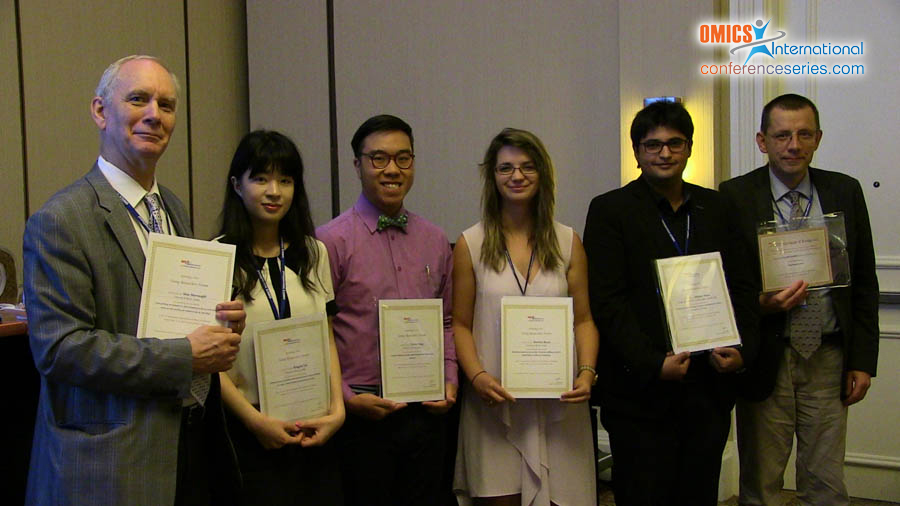
Patricia Bacus
University of Alberta, Canada
Title: Bioprinting organs one step at a time: The special challenges of the 3D printed kidney as reflected in morphology
Biography
Biography: Patricia Bacus
Abstract
Technology is playing a huge role in setting the future of society and medicine and with the many innovations that come medicine has had to adjust and keep up with the latest tools, methods and techniques. 3D printing has stopped being about just printing neat plastic objects but has evolved into bioprinting with a precision for biological material, biochemical and living cells ensuring the spatial components are proper for functional need and ability of the organ. It has gone from bioprinting two dimensional tissue and hollow tubes to making development for solid organs. Stem cells play a crucial role in the regeneration processes in the human body and recent research has shown that stem cells can be successfully used to assemble mini-tissue structures. In many organs like the liver and pancreas the function of the organ does not depend on a particular macroscopic structure and so making an organ by putting many mini-tissue structures together would work, as long as ducts and vessels are properly connected. However with the kidney the normal function of the kidney to concentrate the urine which is necessary to maintain life depends on the countercurrent multiplier and medullary osmotic gradient which can only be maintained with the normal macroscopic structure of kidney lobes and cortex, outer medulla and inner medulla. Without this concentrating ability of the kidney and normal macroscopic structure, the ability to produce hypertonic urine, all the body water would be lost via the urine and death would ensue. This need for a given macroscopic structure and for certain components to be in particular places in sequence for the whole structure to work is the reason why the 3D printed kidney remains the “moon shot”, the most difficult challenge in 3D printing of organs. Ultimately it is an achievable goal which will substantially improve medical care worldwide.


